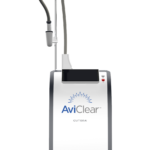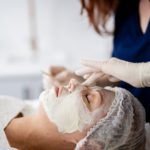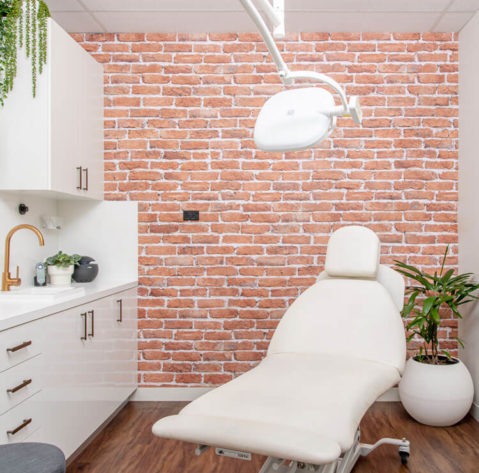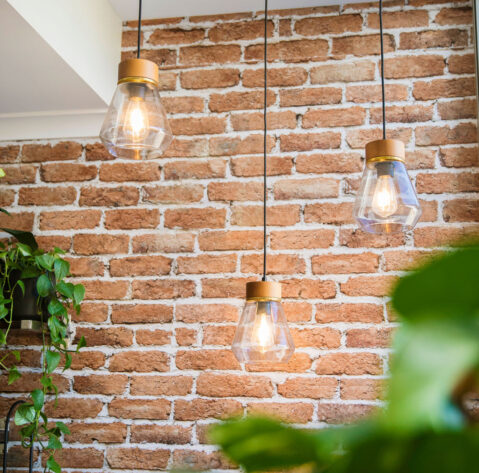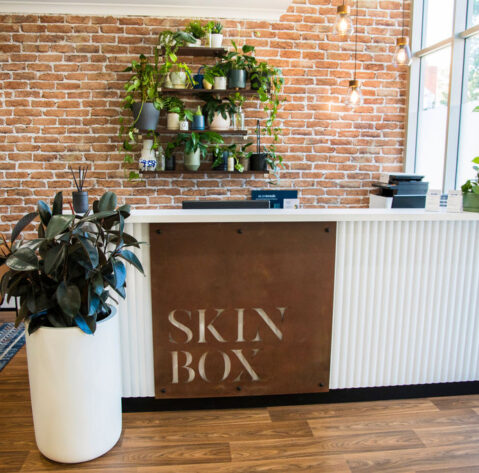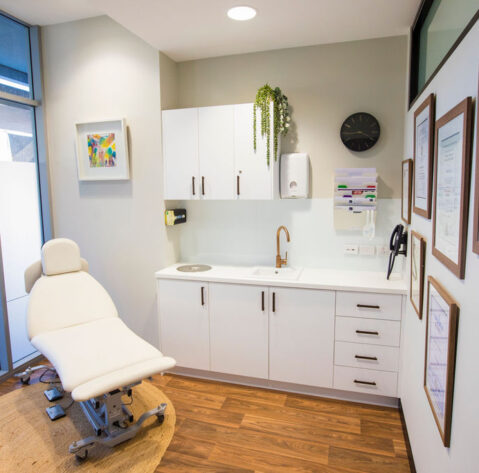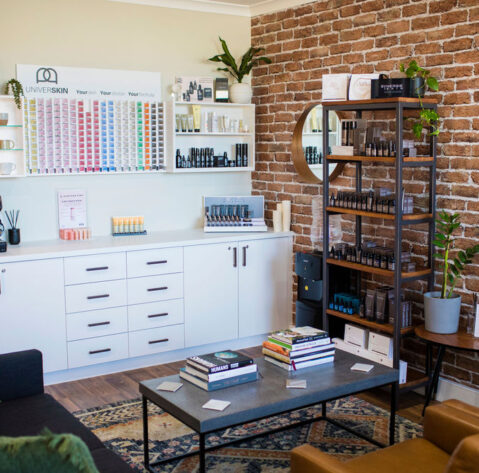An effective peel will improve collagen and elastin production, hydrate and refresh the skin, remove pigmentation and improve the appearance of fine lines.
SkinBox offer a number of different types of liquid exfoliant, from simple, single-ingredient solutions through to advanced-delivery systems. Our Dermal Therapists are here to guide your choice and find the right peel for your skin.
face / neck / chest / hands
results and downtime depend on type and strength of peel selected.
from $168
Enerpeel®
Enerpeel is our most popular range of exfoliant treatments – a skin remodelling solution utilising advanced delivery technology in a range of skin peel treatments.
The Enerpeel® range is the perfect choice for patients seeking skin rejuvenation treatments that can stimulate re-modelling, boost collagen, elastin and hyaluronic acid production without traumatising the skin on the surface.
Non-medical skin peels
Non-medical peels remove surface skin cells and encourage the creation of new ones, for a smoother, more luminous skin. This superficial effect delivers a short term benefit, which means they need to be repeated frequently.
Medical-grade liquid exfoliants deliver deeper fibre re-modelling to reduce lines and wrinkles, and to plump up the skin for a more sustained result. These remodelling treatments will improve and enhance your skin’s clarity, tone and texture, leaving you with more healthy skin that looks and acts younger.
Less surface trauma + deeper power
Enerpeel® technology has made it possible to reduce the surface trauma caused by a peel, whilst at the same time making the renewal of the epidermis and remodelling of the dermis more efficient.
With traditional chemoexfoliation, the full power of the acid peel is exposed to the skin surface on application and it gradually travels deeper into the skin. Ideally, we would like to be able to restrain the power of the acid at the skin surface and then release that power after absorption to maximise remodelling. Enerpeel® does exactly this, which is why it has been nicknamed the “inner peel”
With a deeper peel, the fibroblasts in the dermis are stimulated to produce new structural fibres and collagen and elastin. Natural hyaluronic acid production is also increased, which plumps up the skin. Enerpeel® allows us to add non-peeling active ingredients deep into the skin at the same time to help treat skin issues such as acne, acne scarring, stretch marks, melasma and hyperpigmentation.
There are a number of different peels available in the Enerpeel® range.
Our dermal therapists will consult with you to decide upon your most appropriate and effective treatment plan.
Named after American Dermatologist Dr. Max Jessner, this peel is a combination of salicylic acid, lactic acid and resorcin. It is designed for oilier skins and decongesting blackheads and acne-prone skin, as well as moderate sun damage, skin ageing and mild hyperpigmentation. Enerpeel® JR is often used as a preparation peel before a TCA peel.
Downtime: 3-4 days
Number of treatments: 1-3 peels, minimum 14 days apart.
TCA (Trichloroacetic acid) peels can be an excellent way to treat moderate to severe hyperpigmentation, uneven skin texture, acne scarring, freckles, solar damage and melasma. This is the most effective skin remodelling solution in the Enerpeel® range.
Downtime: from 5 days to 2 weeks depending upon %
Number of treatments: 1-3 peels, minimum 20 days apart.
This combined TCA/Lactic acid peel also delivers kojic acid into the skin to reduce sun and age spots at the same time as rejuvenating the skin’s appearance.
Downtime: 1 week
Number of treatments: 1-3 peels, minimum 14 days apart.
FAQ’s about Enerpeel® Chemical Peels
Is my skin suitable for a chemical peel?
Chemical peels can treat the following skin concerns:
- Dry skin
- Oily skin
- Acne & acne scarring
- Lines and wrinkles
- Pigmentation, redness & rosacea
- Sun damage
- Dull or lifeless skin with poor texture
If you have a history of poor skin healing or keloid scarring, you may not be a suitable candidate for a peel, particularly a deeper treatment. Chemical peels can not be performed when there is any active skin infection or skin cancer. Acne patients who have used Roaccutane® or similar within the last 12 months are not suitable.
The best way to discover if a peel is the right treatment for you is to have a consultation with one of our dermal therapists, who can assess your skin, answer your questions and map out a treatment plan with you.
What do I need to do before a peel?
You will need to have had a consultation with one of our dermal therapists in order to discuss your skin concerns so that we can decide what type and depth of peel will be most suitable for you. A medical and skin history will be taken to ensure there are no reasons you should not be having a peel treatment.
You will be asked to avoid exfoliating your face, exposing your skin to UV light or changing your normal skincare regime (unless specifically asked to do so by our team). With certain types of peel we do give you a skin preparation regime to use beforehand in order to maximise results. This usually consists of home skin care products to use for a fortnight prior to your first peel treatment.
How is a chemical peel performed?
You will be lying down comfortably in one of our treatment rooms. The skin is cleansed and the peeling solution gently painted onto the skin. For most peels, this is removed or neutralised a few minutes later. Whilst the peel is on the skin, you may feel some slight tingling or stinging. For deeper peels, a numbing cream is applied beforehand and a cooling fan is used onto the face during the procedure. Most peels take 10-15 minutes to perform.
What happens after the chemical peel?
You will be given comprehensive instructions regarding what to do following your peel. It is critical to stay out of direct sunlight and keep the treated area well moisturised. No exfoliators or skin care products with active ingredients (such as vitamin A) should be used until the skin is fully healed.
The beauty of an Enerpeel® peel is that there are few obvious signs of peeling compared with more traditional peeling systems. Generally there is no swelling or redness post-peel. Your skin may feel a little drier than normal, which can be alleviated with good moisturising products.
For most superficial and medium peels, the treated area may appear slightly red and have a sunburnt sensation. This usually lasts 2-24 hours and can be soothed with cold gels, ice packs and soothing creams. The skin must be kept clean and protected from the sun with an SPF 30+ sunscreen. You may notice some gentle peeling a few days after the treatment but in most cases you will be able to resume normal activities straight away.
For deeper peels, there is a longer recovery period, usually 3-10 days. You will get more peeling than with a superficial peel and you face may feel tight, sore and/or swollen after the treatment. It is important to avoid scratching or picking off the peeling skin as this can lead to scarring. Again, the skin must be kept clean and protected from the sun with an SPF 30+ sunscreen to avoid post-inflammatory hyperpigmentation (brown marks appearing on the skin as it heals).
With deeper peels, we may recommend LED light therapy in the days following your peel to speed up the recovery time.
Do liquid exfoliant peels have any side effects?
There are virtually no risks associated with superficial peels which only gently exfoliate the skin. On rare occasions some people develop hyperpigmentation (brown marks on the skin) but this can be avoided by ensuring you wear sun protection, even when it is not sunny outside.
There are some risks associated with medium-depth peels. You will usually get patches of brown and white skin on your face after treatment but this should only be temporary. You are at risk of developing hyperpigmentation after having a medium-depth peel, especially if you do not wear a sunscreen every time you go outside. You can also get a red appearance to your skin, which can lasts for several months in rare cases. This should not be a permanent side effect. There is also a small chance of scarring after a medium-depth peel, so make sure you avoid picking or scratching.
There are a number of risks associated with deep peels, the most common of which is hypopigmentation (loss of pigment in the skin). This can be permanent and can be particularly noticeable if you have a darker skin type. As with all peels you are also at risk of hyperpigmentation so it is particularly important to apply sunscreen with a high SPF. There is also a chance of scarring after a deep peel and so you must avoid picking, scratching or peeling off the skin.
How much do chemical peels cost?
At SkinBox we choose from a variety of peel strengths and ingredients to suit your skin’s needs, therefore an accurate price can only be given on consultation. You can find general costs under the Liquid Exfoliant section on our Price List
